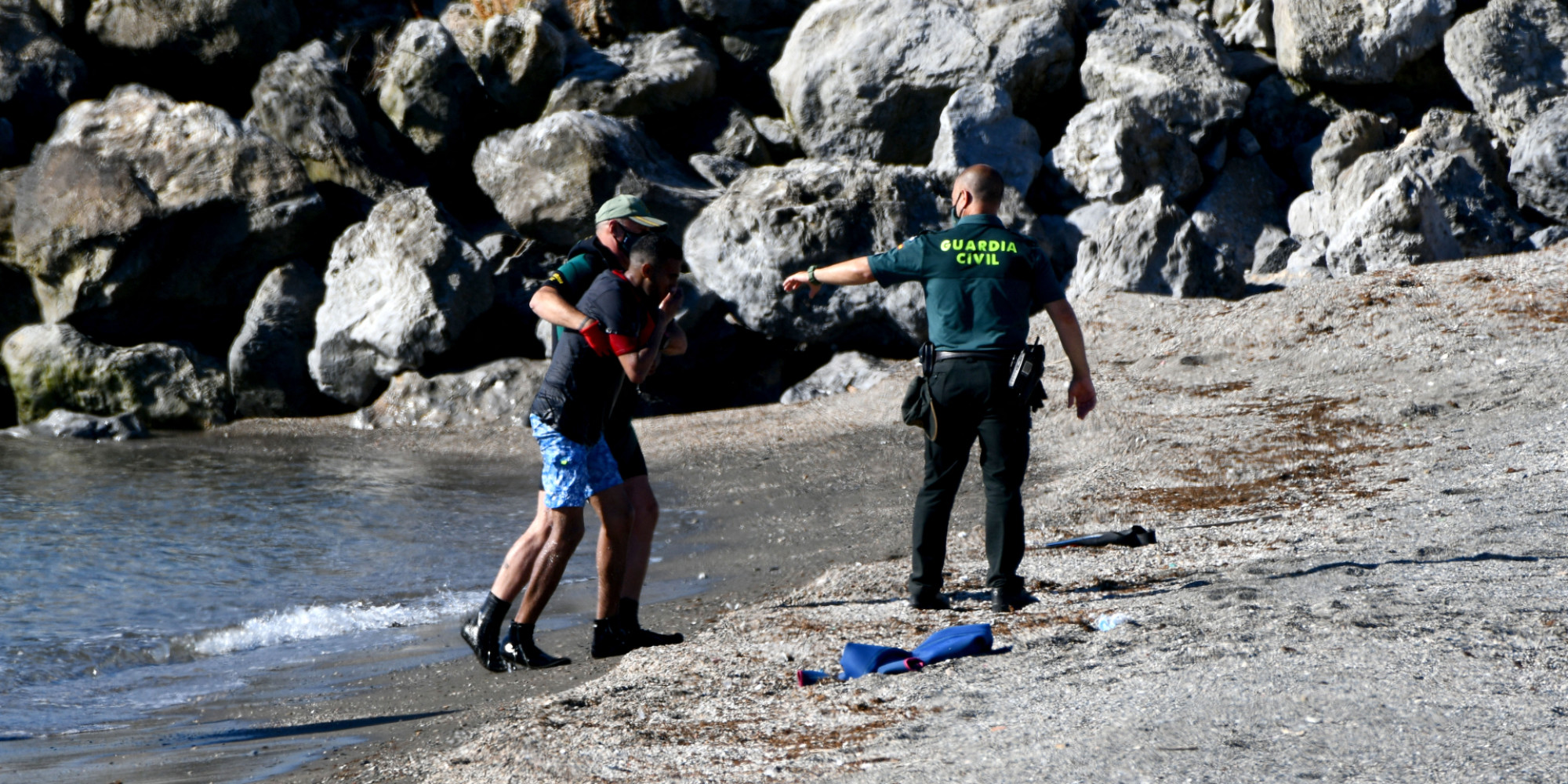A hundred migrants, some using inflatable buoys, swam to the Spanish enclave of Ceuta on Monday from neighboring Morocco, Spanish authorities said.
They were arrested.
Around 100 migrants, some using inflatable buoys, left overnight from beaches a few kilometers south of Ceuta and were arrested on Monday when they entered Spanish territory, a spokesperson for the Spanish Civil Guard in Ceuta.
The group was mainly made up of young men but also children and women, a spokesperson for the Ceuta prefecture told AFP.
Some used inflatable buoys while others joined the Spanish enclave on inflatable boats.
"The tide was low and in some places you could practically walk there," added the spokesperson.
Tensions between Madrid and Rabat
At the end of April, around a hundred migrants had already swim to Ceuta from Morocco over a weekend, in groups of 20 to 30. The majority of them were then expelled to Morocco.
These arrivals of migrants from Morocco to Ceuta come in a context of diplomatic tensions between Madrid and Rabat.
Morocco, a key ally of Madrid in the fight against illegal immigration, summoned the Spanish ambassador to Rabat at the end of April to express its "exasperation" with regard to the reception in Spain, to be treated there, by the chief. Sahrawi separatists from the Polisario Front, Brahim Ghali.
The conflict in Western Sahara, a former Spanish colony classified as a "non-autonomous territory" by the United Nations in the absence of a definitive settlement, has for more than 45 years opposed Morocco to the Polisario Front, supported by Algeria.
The Polisario calls for a referendum of self-determination while Rabat, which considers the Sahara as a "national cause", proposes an autonomy under its sovereignty.
Migrants regularly try to reach Ceuta by swimming or by climbing the high border fences that separate the enclave from Morocco.
Ceuta and Melilla, the other Spanish enclave located on the Moroccan coast, constitute the only land borders of the European Union with Africa.

